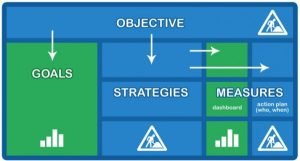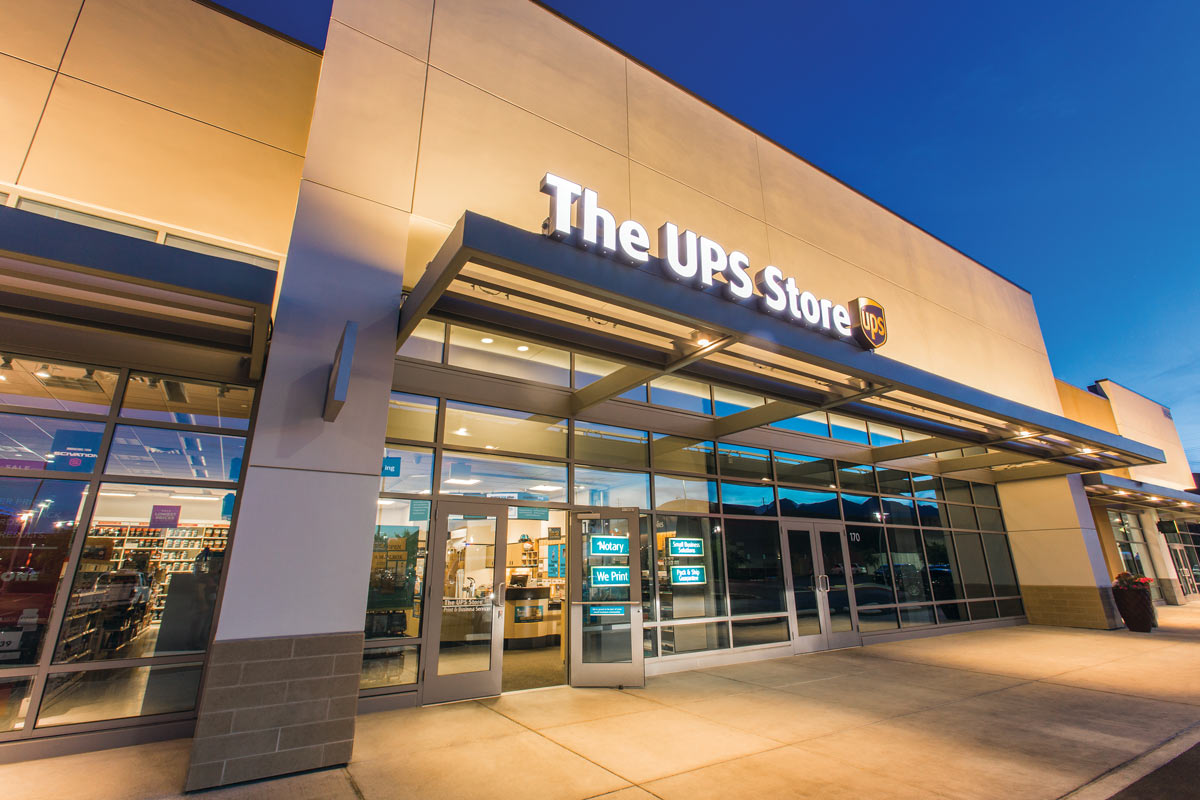Given the Rabbi Vilna Gaon’s historical significance and the company’s naming choice, we can infer several ways his legacy might shape its values.
These inferences are based on parallels between his qualities and the firm’s operations:
Vilna Gaon Values

- Pursuit of Excellence and Dedication
- The Rabbi was known for his exceptional intellect, mastering complex texts at a young age and continuing to study with unparalleled dedication. This mirrors the company’s mission to audit sales channels and improve prospecting efforts, suggesting a commitment to high standards and continuous improvement. For instance, the company’s use of proven methodologies like OGSM indicates a focus on excellence in strategic planning Vilna Gaon Company Homepage.
- His textual emendations, often aligning with accurate witnesses despite limited manuscript evidence, reflect a pursuit of truth and accuracy. This translates to the company’s emphasis on data-driven decisions, as seen in its stake in LR Data Science SRL, a company specializing in data analytics Vilna Gaon Group Structure.
- Ethics and Integrity
- As a leader in Jewish law and ethics, the Rabbi upheld moral conduct and opposed deviations from tradition. This influences the company to prioritize ethical business practices, such as transparency in investments and fairness in dealings with stakeholders. The company’s focus on growing brands into “household growers” which implies a commitment to ethical marketing and customer service Vilna Gaon Company Homepage.
- His role in opposing the Hasidic movement, seen as a protector of Jewish tradition, suggests a value of integrity that translates to the company’s adherence to ethical standards in the competitive private equity sector.
- Strategic Thinking and Analysis
- The Rabbi’s work involved meticulous analysis and interpretation of texts, often correcting errors and uncovering deeper meanings. This analytical approach aligns with the company’s use of strategic frameworks like OGSM and ScaleUp’s platform, inspired by business leaders like Verne Harnish and A.G. Lafley Vilna Gaon Company Homepage. These methodologies emphasize objectives, strategies, and measures, reflecting a thoughtful, data-driven approach to business growth.
- His emphasis on literal meanings and textual criticism could parallel the company’s focus on auditing and improving sales channels, ensuring accuracy and effectiveness in operations.
- Long-term Vision and Sustainability
- The Rabbi’s influence extended far beyond his lifetime, shaping Jewish scholarship for centuries through the Lithuanian yeshiva system. This long-term impact suggests the company adopts a similar perspective, focusing on sustainable growth and value creation rather than short-term gains. As a private equity firm, its investments in companies like Noé Nature SA, which focuses on natural products, indicates a preference for sustainable business models Vilna Gaon Group Structure.
- His enduring legacy, celebrated in events like the 2020 Year of the Vilna Gaon in Lithuania, underscores a vision for lasting impact, which may resonate with the company’s strategic alignment efforts.
- Community and Tradition
- The Rabbi was deeply rooted in his community, serving as a central figure in Vilnius and leading efforts to preserve Jewish tradition. While the company operates in a modern business context, it does value community engagement or support traditional businesses, reflecting a respect for heritage. For example, its investments in natural product companies like Sebio SRL and Planet Nature SA aligns with traditional values of sustainability and natural living Vilna Gaon Group Structure.
- His emphasis on traditional study methods, as seen in his opposition to Hasidism, might inspire the company to maintain traditional business practices, such as ethical marketing and customer service, as mentioned in its marketing strategies Marketing Archives – Vilna Gaon Sales Agency.
The Logo and Golem Connection

Vilna Gaon company’s logo is inspired by the mythical Golem. The logo features a stylized “A” with a circular element at the apex and drip-like extensions, rendered in dark gray lines against a black background. The “A” likely represents the Hebrew letter “aleph” (א), central to the Golem myth, where inscribing “emet” (truth) on a Golem’s forehead brings it to life, and removing “aleph” deactivates it. The circular element may symbolize divine energy, and the drips could evoke clay or mystical creation, aligning with the Golem legend.
The company’s website explicitly references this legend, stating they are building their own “Golem” in the form of AI for operating websites and product catalogs Vilna Gaon Golem Explanation. This connects to the historical context: one of Rabbi Vilna Gaon’s students reportedly tried to build a Golem in Vilnius, though the effort failed, adding to the company’s branding narrative
Explore related posts: OGSM vs OPSP – A winners’ match and Auditing your Marketing Channels..










